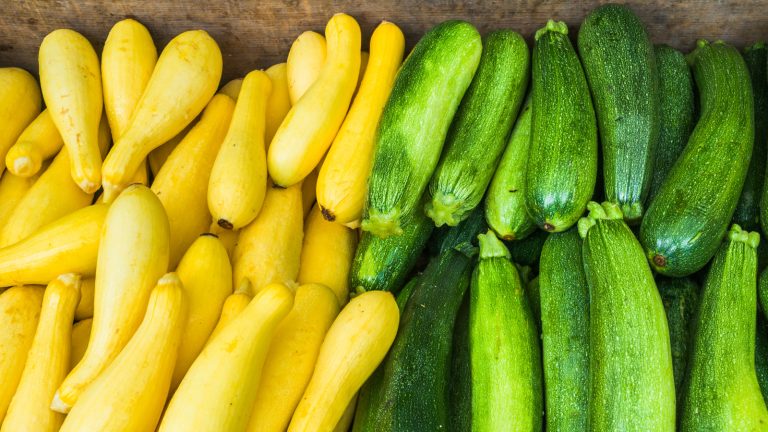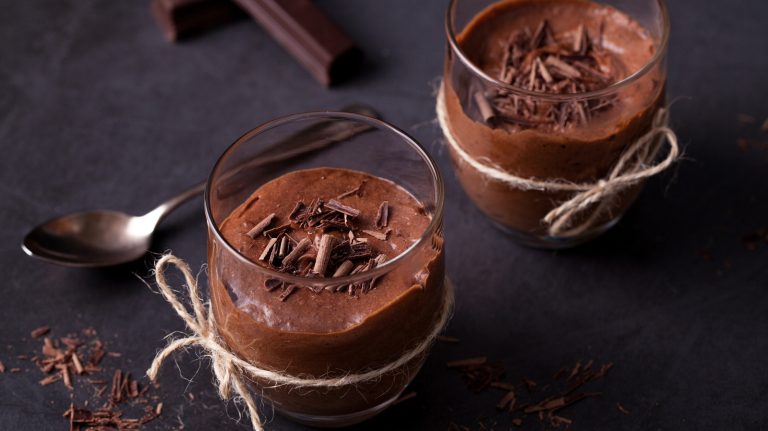Lunch meats and cold cut sandwiches are treasured for their simplicity — and complexity. They can be a quick and simple snack, or an elegant ensemble. When in need of inspiration, you can take an expert’s advice to up your lunch meat sandwich game. As for a nationwide, cold cut favorite, there’s nothing official, but bologna sandwiches are certainly a true American staple. Yet, in the pantheon of cured meats, salami ranks right up there with bologna, and its use goes beyond mere simple sandwiches.
Yet, why is bologna an American staple with an Italian name? It’s cured and spiced like other Italian meats, sure. What’s the difference, really, between bologna and salami? Bologna is soft, while salami is usually hard. Both have Italian names, while one is traditional, old-country Italian, and one is, well, sort of. Their preparation is much different, although Cotto salami is possibly closer to bologna than dried salami. They each have distinctive tastes, but like any recipe that’s been around for hundreds of years, there certainly will be a wide range of variants.
What is bologna?
Bologna is the “sort of traditional” of the two. It’s a soft, fully processed, and pasteurized ground meat, usually a blend, that most often contains pork, beef, turkey, or chicken. Modern bologna is, essentially, the American hyper-industrialized, 20th-century version of Italian mortadella, although bologna sausage probably first originated in Germany. Mortadella, which comes from the city of Bologna, is a traditional salume (Italian cured meat) made from heat-cured pork mixed with lard and other ingredients to make a massive, soft sausage that is then sliced horizontally, just like bologna.
All “cooked” sausages (hot dogs, frankfurter, bologna) must be “reduced to minute particles” and turned into a meat batter, essentially, before being cooked. So, yes, bologna really is just a bigger hotdog. This fine meat paste is then mixed with other spices and ingredients and sometimes binding agents, then packed into casings and cooked or smoked. Once cooled, the casings are usually removed and the bologna sliced for sale, although whole bologna is still sliced to order at the deli counter and sold whole.
American bologna is generally pretty salt-forward, using what we’d think of as pickling spices, like coriander, black pepper, and allspice. Its distinctive pungent, herbaceous, slightly bitter flavor comes from the Mediterranean myrtle berry, which is much less common in American foods. German bologna, on the other hand, is generally much more garlic-heavy with a good helping of paprika. In the U.S., the classic lunchbox bologna sandwich is simply cold bologna on white bread with mayo and maybe some cheese, but the fried bologna sandwich also has many adherents.
What is salami?
Salami, on the other hand, is a much more traditional salume — usually salted and dry-cured. Its name is actually derived from salt, “sal” in Latin and, eventually, “sale” in Italian, but salami has been around so long that it’s difficult to pinpoint exactly what part of the Roman Empire it originated from. These days, however, there are likely hundreds of varieties of salami in Italy, alone.
Salami is most often made of pork, with the lean meat and fat ground together with salts and spices and stuffed into casings, then hung to air-cure for weeks to months. While hanging, the sausage dehydrates and ferments, breaking down the lactic acid, which helps preserve the meat. Additionally, they are often smoked to extend their shelf life. Salami can be made of beef, lamb, duck, venison, and even horse meat.
As it is generally dry-aged and dehydrated, traditional salami is quite hard and comes in a variety of lengths and widths. Some salami are mild and only really flavored with salt, while others can be quite spicy or savory, containing all manner of aromatics, herbs, spices, nuts, and dried fruits. Cotto salami (meaning “cooked salami,” in Italian), is much softer. Cotto salami is typically salty and garlicky in flavor and is usually cooked in a brine bath in the casing. All kinds of salami are standard on an Italian club sandwich and a diverse variety of salami and cheese sandwiches could be solid contenders to go up against the bologna sandwich for top-of-the-line, simple sandos, as well.







